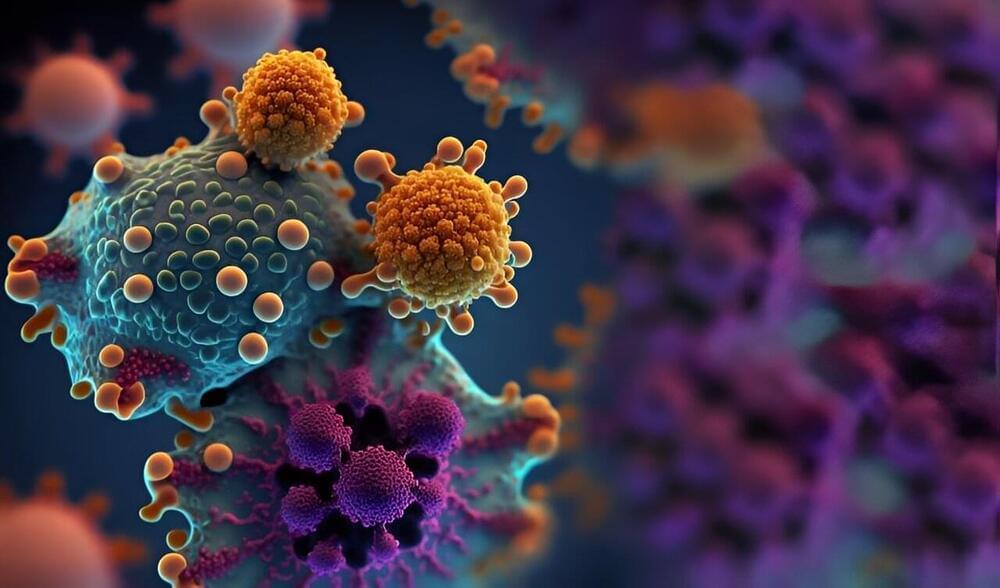CD19 chimeric antigen receptor (CAR) T-cell therapy seems feasible, safe, and efficacious for patients with different autoimmune diseases, according to a study published in the Feb. 22 issue of the New England Journal of Medicine.
Fabian Müller, M.D., from the Friedrich-Alexander University Erlangen-Nürnberg in Germany, and colleagues examined patients with severe systemic lupus erythematosus (SLE), idiopathic inflammatory myositis, or systemic sclerosis (eight, three, and four patients, respectively) who received a single infusion of CD19 CAR T-cells after fludarabine and cyclophosphamide preconditioning.
Efficacy was assessed up to two years after CAR T-cell infusion, measured using the Definition of Remission in SLE (DORIS) remission criteria, American College of Rheumatology-European League against Rheumatism (ACR-EULAR) major clinical response, and the score on the European Scleroderma Trials and Research Group (EUSTAR) activity index.






